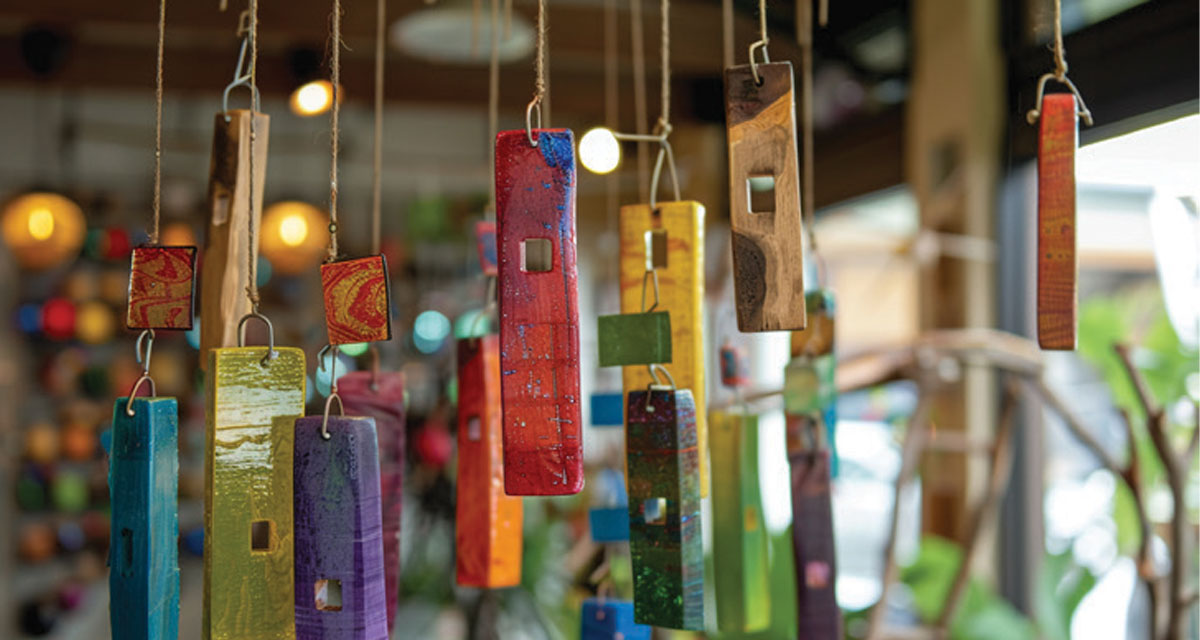Ready for the New Year? It seems to be the only question mentioned these days alongside two questions. “Are you going out to celebrate and whom will you be kissing at midnight?” Have you ever wondered about the origin of our favorite traditions, from watching the “ball” drop, to singing, kissing, and toasting with champagne? The facts may surprise you!
Times Square Ball Drop
For seafaring captains in the late 1820s, one form of a clock was a time ball. The sizeable ball was positioned on the harbor to help a ship’s crew discern the time as it dropped. Due to the glitches, the balls frequently malfunctioned until the arrival of the telegraph. In 1907, The Times Tower in New York welcomed the first “ball-drop” of a 700-pound wooden and iron ball descending a flagpole. A tradition lasting 112 years.
The Midnight Kiss
Renaissance men and women celebrated the arrival of New Years by untying their masquerade masks at midnight and kissing to ward away the year’s evils. In Germany or England, a kiss strengthened a romance or indicated a year of abundant love. If you fear the eve of January first will begin without a partner, the best suggestion is to go to Scotland and celebrate Hogmanay. It’s a tradition to connect with friends and strangers and kiss everyone.
Auld Lang Syne
What does it mean? It may surprise you that the phrasing “Auld Lang Syne,” began as a Scottish poem. Several Scottish poets dating back to the 1500s referenced the phrase, “Auld Lang Syne,” which translates as “old long since” or “times gone by.” Even though Robert Burns is the recognized author of the song, the honor goes to another man. In 1788, Robert Burns used the melody of a Scottish folk song to create a song. Burns sent a copy to the Scots Musical Museum along with a note that stated, “The following song, an old song, of the olden times, and which has never been in print, nor even in manuscript until I took it down from an old man.”
This year, try singing Burns rendition:
And surely ye’ll be your pint-stoup! And surely, I’ll be mine!
And we’ll tak’ a cup o’ kindness yet, for auld lang syne.
We twa hae run about the braes, and pou’d the gowans fine;
But we’ve wander’d mony a weary fit, sin’ auld lang syne.
Creating Resolutions
The Romans believed making resolutions and offering them before the New Year was a holy rite, stemming from mythology. The god of beginnings and transitions, Janus, had two faces; one looking toward the future while the other stared into the past. According to the belief, the beginning of the year required its citizens to make pledges and offer gifts to receive an omen for prosperous days ahead.
By the year 1740, faith-bound Christians arrived to midnight mass to reflect and atone for past sins
The Sun’s Influence
Referencing a calendar to count the days until the transition from December 31st to January 1st appears simple. The Gregorian calendar is now a sound system. Appreciation for the first calendar goes to Julius Caesar, who challenged astronomers and mathematicians to create a measurement for the seasons. Two challenges. Romans believed even numbers were unlucky; therefore, the months, with one exception, ended in either 29 or 31 days. This was known as the Julian calendar, but it was not truly accurate. The solution, called the Gregorian calendar, was to alter one year (1752) to a 354-day year and include a leap year every four years. As for the New Year, Caesar had instituted the first day in Janus to honor the Roman god of beginnings.
Symbolic Food
In wanting to follow traditions to the letter, revelers consumed only those foods which “bestowed fortune.” Colors and shapes were relevant in this connection. For instance, legumes tend to resemble coins and greens bills, and they are interpreted as a means of gaining future financial success. Ring-shaped cakes define the conclusion of a year and readiness to begin anew.
Pop the cork!
By the 1800s, the European settlers remained awake to hear the church bells, and shots of gunfire to welcome the New Year sounded till the early morning. In some towns, families visited houses to receive a snack and drink. Champagne arrived with a bottle of French wine that had been fermented before the bottling process. A period of 80 years refined the taste and it became the traditional choice of celebratory events! Cheers!























